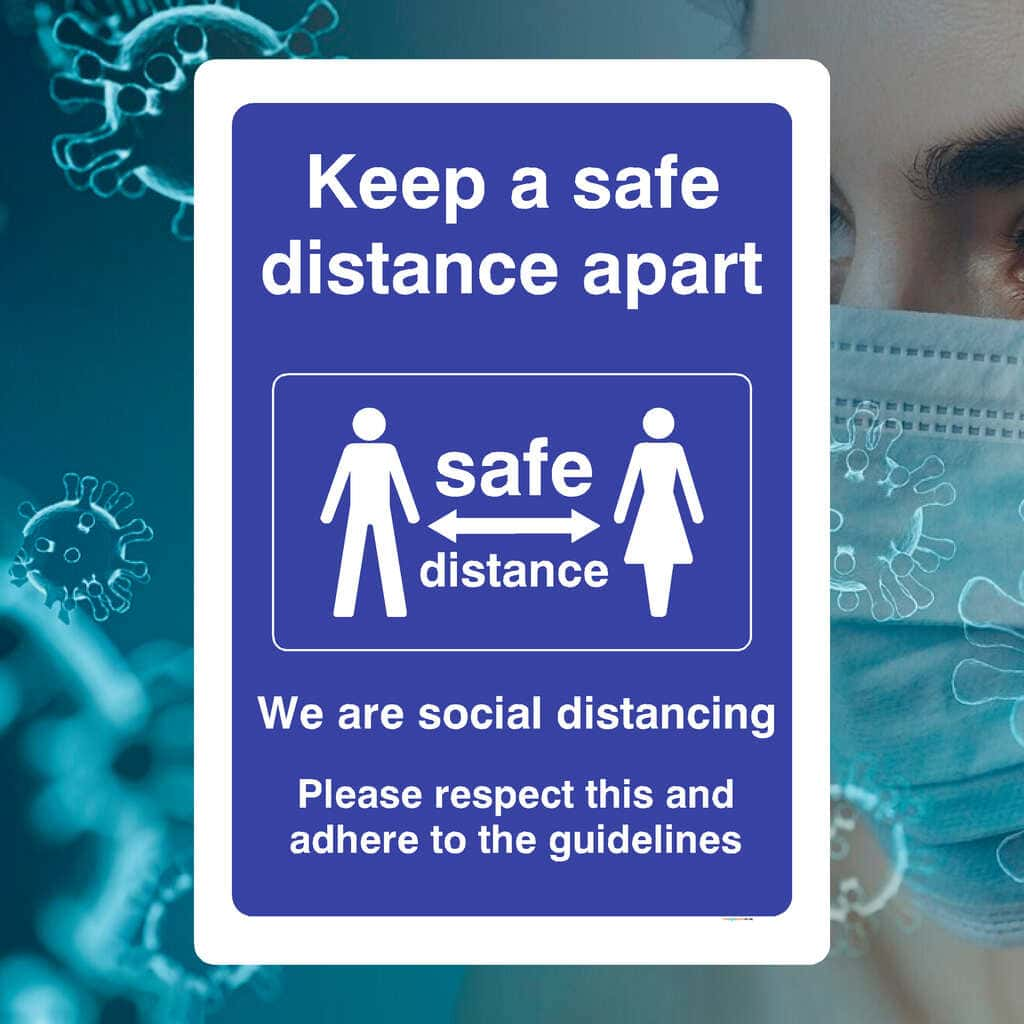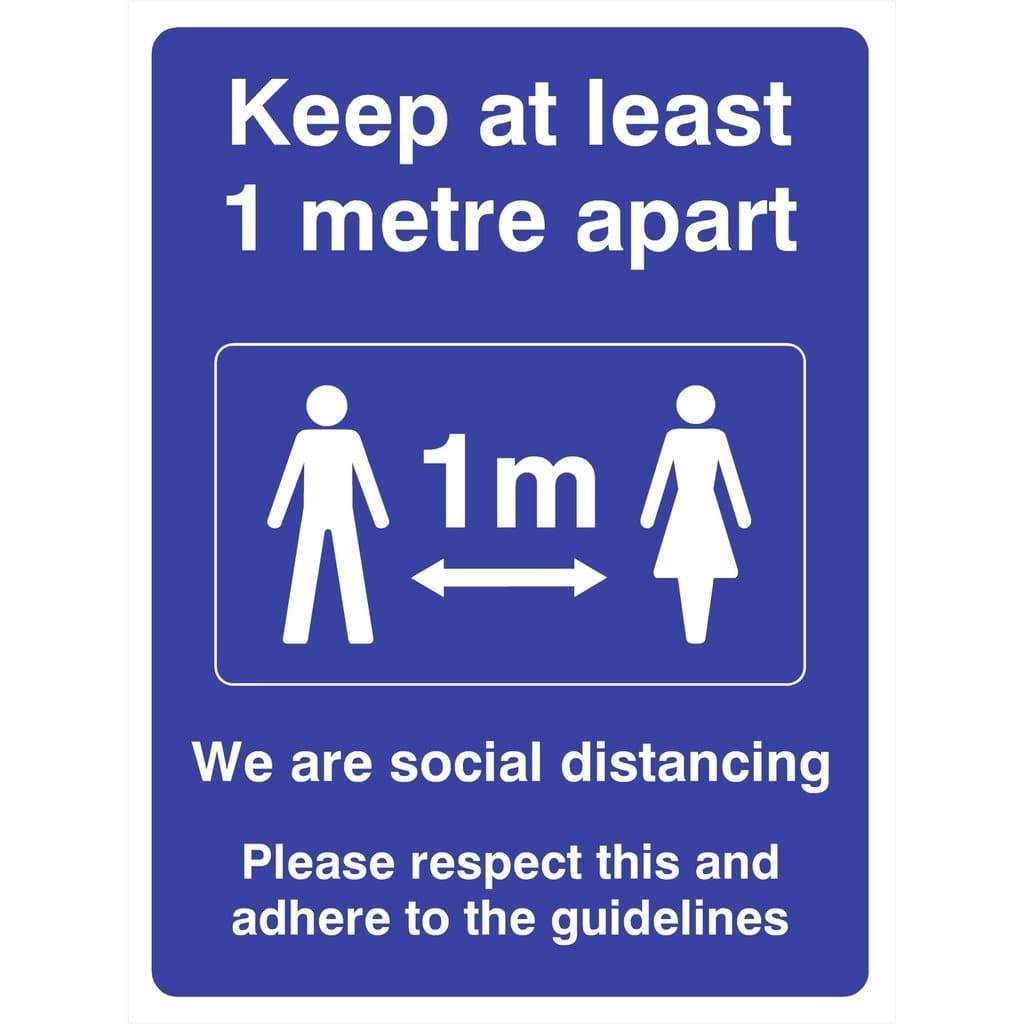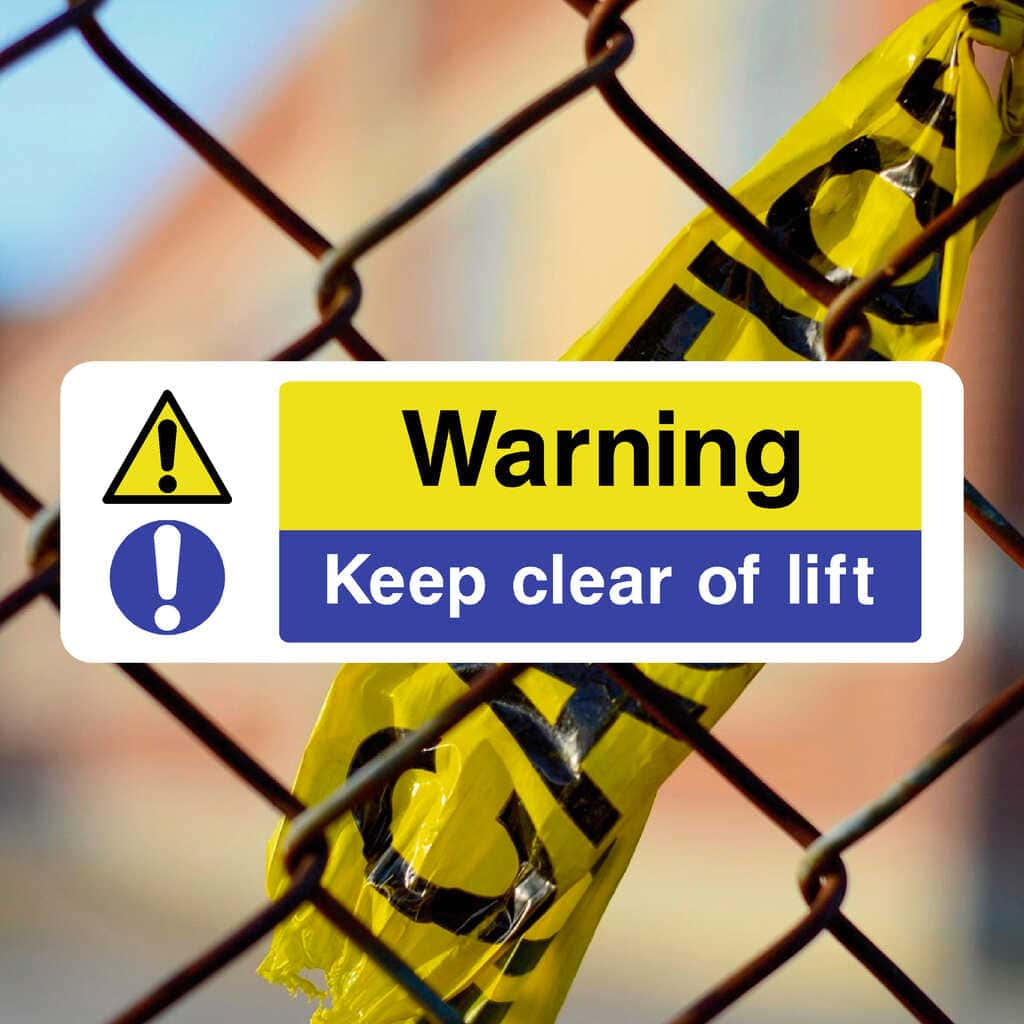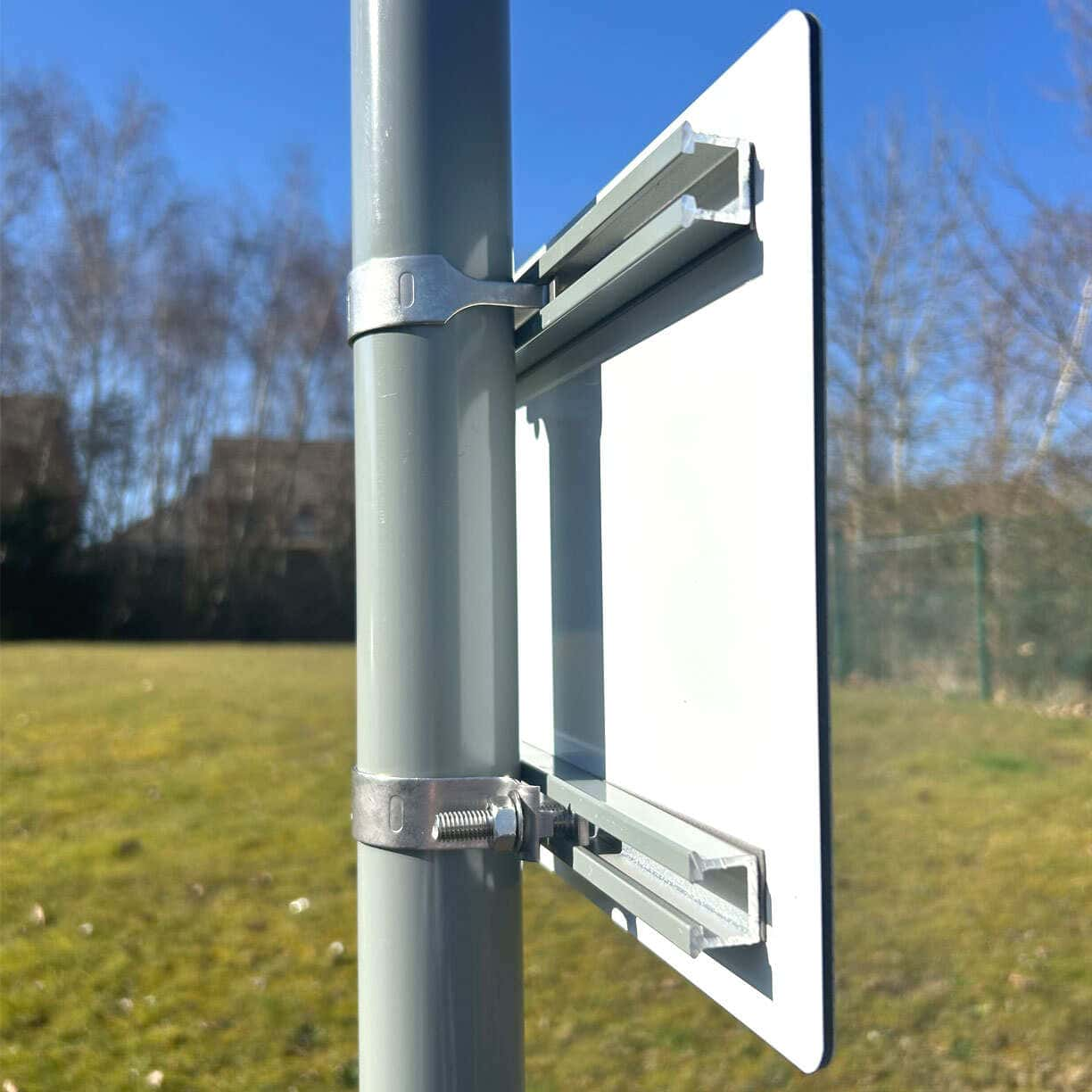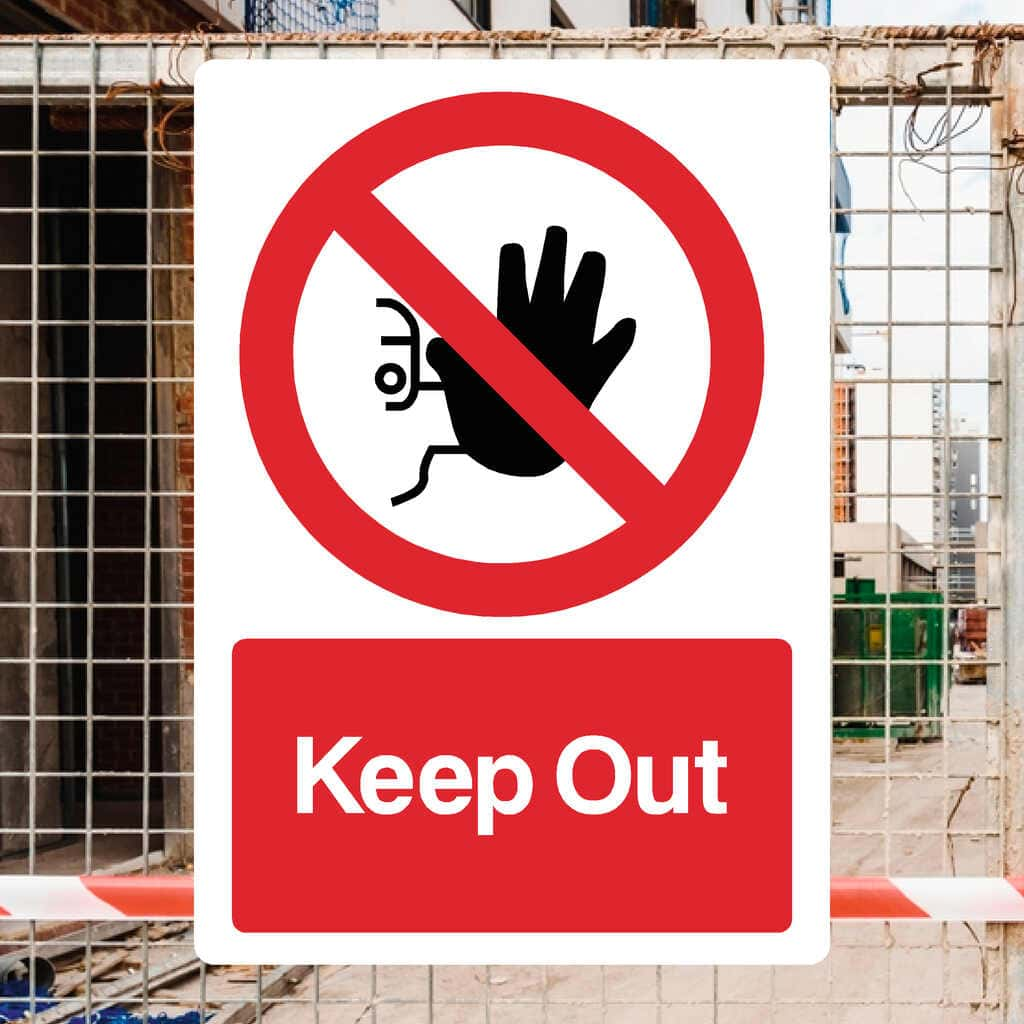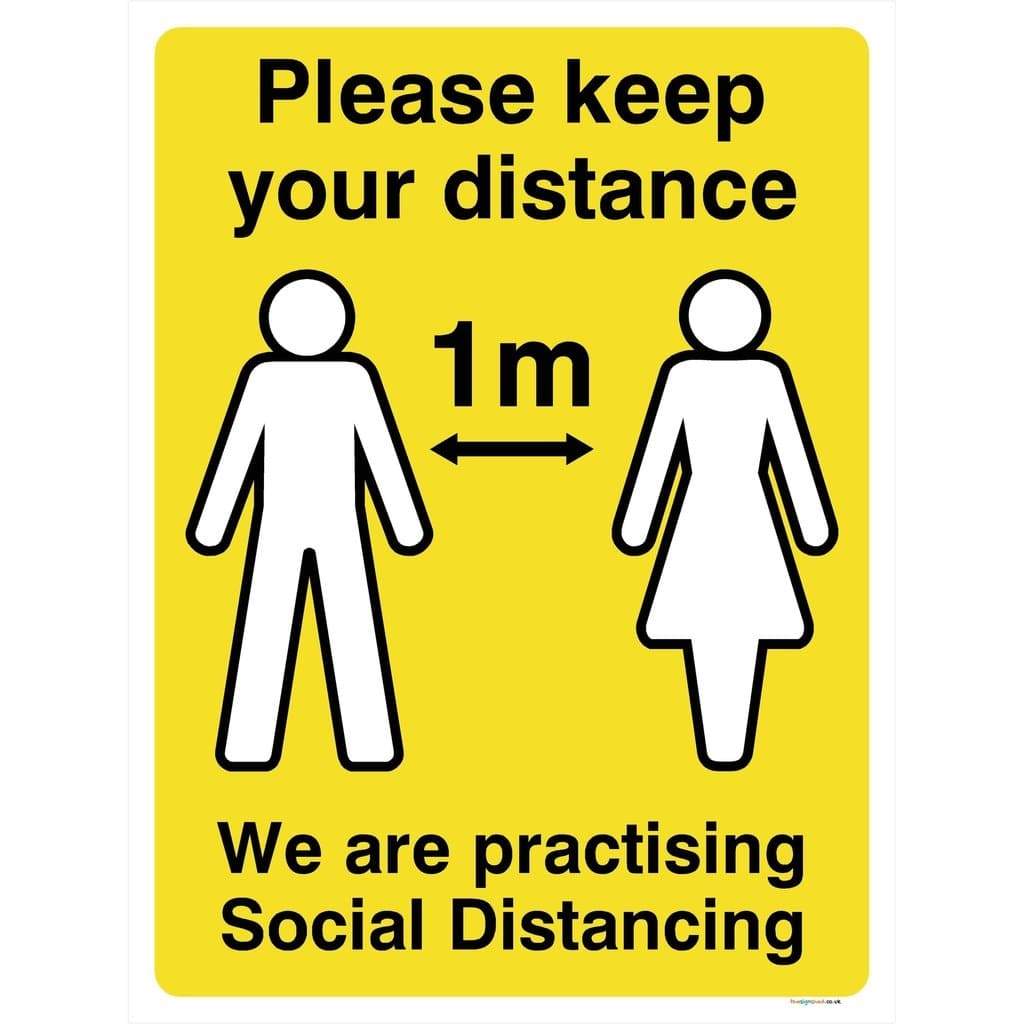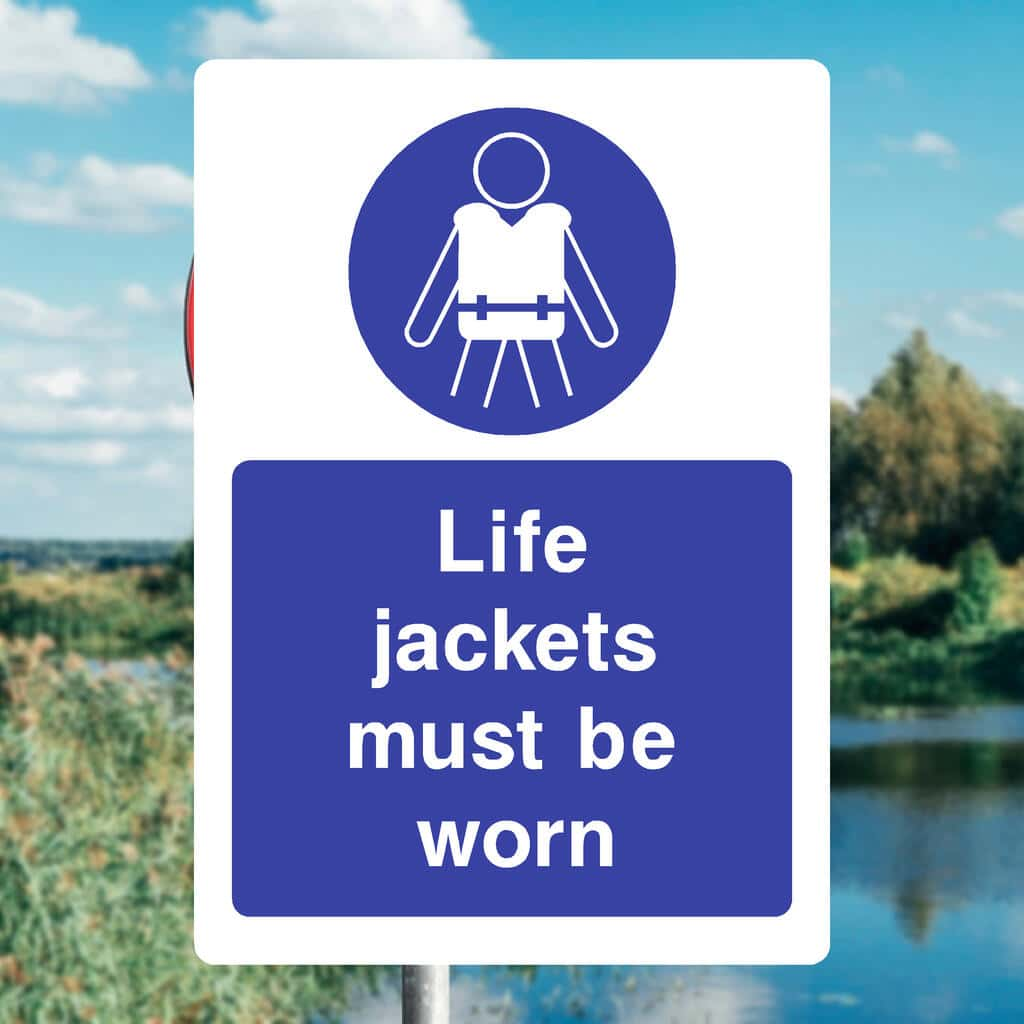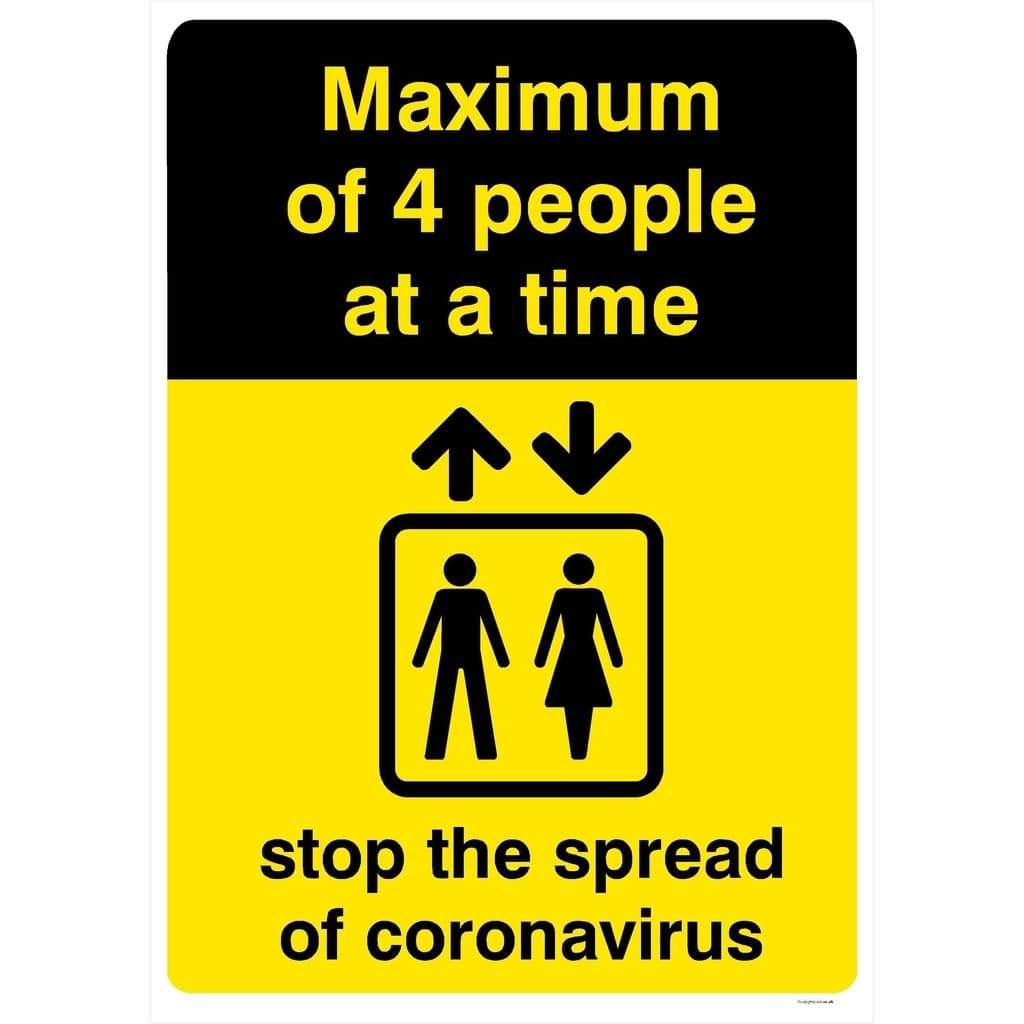Safety Signs
Equip your workplace with high‑visibility safety signs that meet UK standards (BS EN ISO 7010 and HSE Regulations 1996). From fire exits and first‑aid points to hazard warnings, prohibition notices, PPE requirements and assembly point signs, our durable, ISO-compliant signage delivers clear, universal messaging. Available in vinyl, rigid plastic, photoluminescent and aluminium, with bulk discounts and same‑day dispatch options.
-
Keep A Safe Distance Apart At All Times Sign -
Keep A Safe Distance Apart We Are Social Distancing Sign -
Keep At Least 1 Metre Apart 1m Social Distancing Sign -
Keep Away Live Conductors Sign -
Keep Clear Lift Sign -
Keep Distance Practising Distancing 2m Sign -
Keep Dogs On Leads Sign -
Keep Entrance Clear Sign -
Keep Hands Clear Sign -
Keep Out Danger Sign -
Keep Out Sign -
Keep To Footpath Sign -
Keep Your Distance We Are Practising Social Distancing 1 Metre Sign -
Kitchen Protective Garments Sign -
Kitesurfing Area Warning Sign -
Life Jacket Warning Sign -
Lift Capacity Sign (2 People) -
Lift Capacity Sign – Max 4 -
Lift Operation Restriction Sign -
Lift Operator-Only Prohibition Sign -
Limit Infection Wash Hands Cover Face Make Space Sign -
Loose Clothing Hazard Sign -
Lorries Turning Sign -
Low Temperature Warning Sign
Frequently asked questions
Get quick solutions to your common safety sign buying questions
General safety signs should be displayed in any location where there is a need to inform or warn employees, visitors, and the public about potential hazards, mandatory actions, or safe practices. Common locations include:Workplaces – Offices, factories, and warehouses must display relevant safety signage as part of their Health and Safety policies.Construction Sites – Clear signage is required to highlight dangers such as falling debris, restricted access, or PPE requirements.Public Spaces – Places like parks, shopping centres, and car parks benefit from safety signs to guide people safely.Schools & Educational Institutions – Schools use safety signs for fire exits, hazardous areas, and first aid points.
Safety signs play a crucial role in accident prevention by:Raising Awareness – They alert people to potential dangers before they encounter them.Providing Instructions – Signs such as "Keep Clear" or "Wear Eye Protection" ensure that safety procedures are followed.Reinforcing Regulations – They remind employees and visitors of mandatory safety measures, reducing the risk of non-compliance.Guiding Emergency Responses – Fire exit and first aid signs help people navigate quickly in emergencies, reducing panic and confusion.
Employers and business owners must comply with the Health and Safety (Safety Signs and Signals) Regulations 1996, which require:The use of safety signs where there is a significant risk that cannot be controlled by other means.Clear and easily understood signage with standardised symbols and colours, following BS EN ISO 7010 guidelines.Proper maintenance of signs to ensure visibility and legibility.Training and information for employees on the meaning and importance of safety signage.
The Health and Safety Executive (HSE) categorises safety signs into four main types:Prohibition Signs (Red & White) – Indicate actions that must not be taken, e.g., "No Smoking."Warning Signs (Yellow & Black) – Highlight potential hazards, e.g., "Caution: Slippery Floor."Mandatory Signs (Blue & White) – Show actions that must be taken, e.g., "Wear Safety Goggles."Emergency & Safe Condition Signs (Green & White) – Direct people to safe areas, e.g., "Fire Exit."
Yes, under UK law, employers have a duty to ensure that safety signs remain visible, legible, and in good condition. This includes:Regular Inspections – Checking for damage, fading, or obstructions.Prompt Replacements – Updating signage when necessary, such as after layout changes or new risk assessments.Adequate Lighting – Ensuring that signs are well-lit and visible, even in low-light conditions.
Safety signs are an essential part of a workplace risk assessment under the Management of Health and Safety at Work Regulations 1999. They help by:Identifying hazards and ensuring appropriate warnings are in place.Providing clear instructions to employees, reducing the likelihood of accidents.Demonstrating compliance with legal health and safety obligations.By displaying the correct general safety signs, businesses can protect employees, visitors, and the public while meeting their legal responsibilities. Explore our collection of General Safety Signs to enhance workplace safety today.


